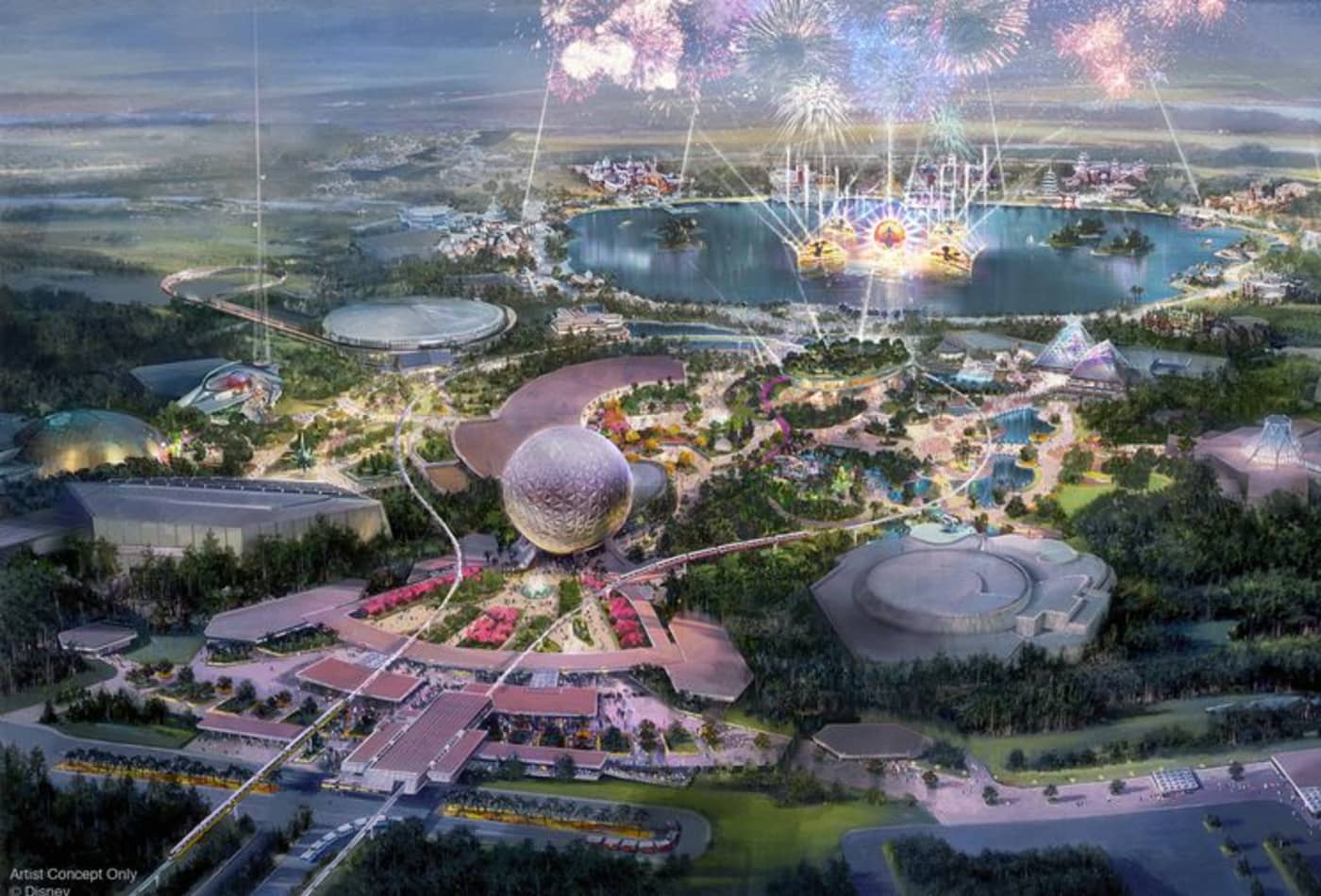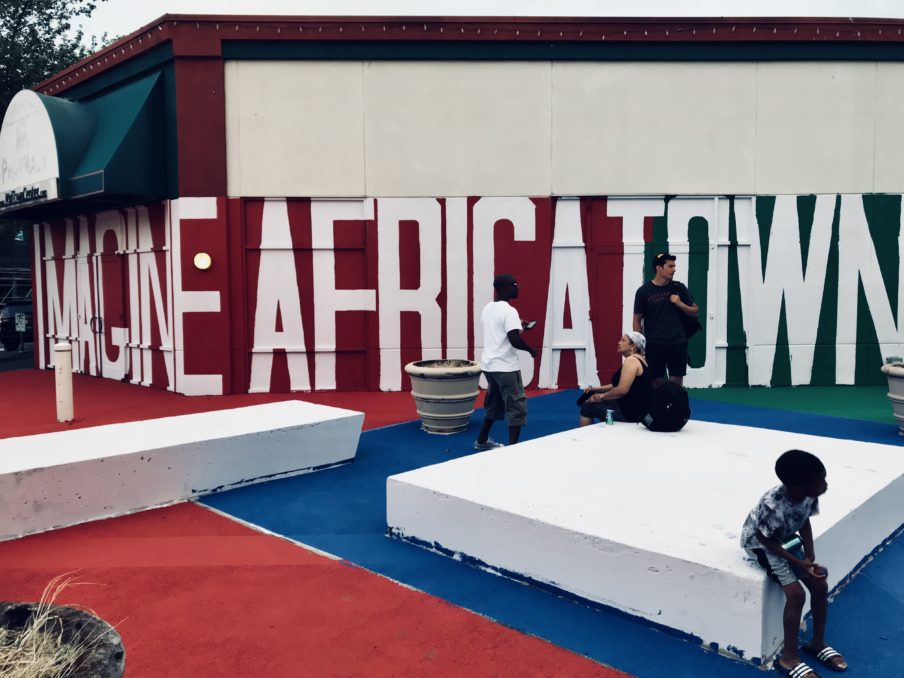I bet you though this was going to be about the show. Well, lucky for you, it…is not. BUT this post will still be interesting because we will explore how something that sounds boring–like landscape architecture–is actually exciting!
Think of the Olympic Games. Every two years, a city must invest millions into new infrastructure that will accommodate thousands of athletes, housing, training facilities, and arenas. Let’s take Munich Olympic Park, for example. The games preceding the 1942 Munich Olympics were the 1936 Berlin Games. The Olympic village in Berlin was modeled after military barracks so it would have strategic use after the games were finished. All the buildings were identical and featured a central green space. The designers behind Munich Olympic Park tried to increase land-use diversity through residential buildings, stores, transit systems, and recreational areas; it was essentially a self-sustaining community. It also explored innovative architecture and engineering for the time period, and dramatic topography to contrast the flat landing strip it was built on. I mean, just look at the picture below! It just makes you want to be there.

Let’s take a more well-known example: Walt Disney World! It’s probably every kid’s (and adult’s) dream to visit at least once in their lifetime. Originally, Disney world was supposed to be an episodic experience, with Tomorrowland featuring the the future’s new, shiny inventions. Modeled after Ebenezer Howard’s Garden Cities, Tomorrowland was meant to be a self-sustaining community with civic centers, greenbelts, residential buildings, mass transportation, and a world boutique with an array of different cultures. What ended up happening was the birth of the EPCOT Center, which stands for Experimental Prototype Community of Tomorrowland. It became a theme park for a permanent world’s fair. If you’ve ever been, you’d know that are 11 country pavilions for the world boutique, and they are a sight to see.

I hope you’ve learned a bit more about parks and places we go for fun. Landscape architecture deals with small spaces as well as big places. Take your favourite park (or amusement park), for example . The wonderful experiences that take place in these spaces are intentionally planned out by landscape architects, urban planners, architects, engineers, and more. So next time you visit a park, somewhere fun, or even Disney World, take a minute to appreciate the creative and critical thinking put behind a place of enjoyment.









